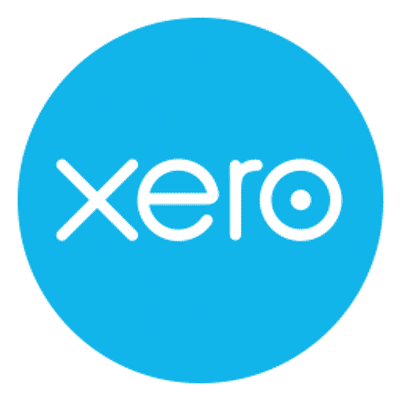Employment Hero is a Employer of Record (EOR) Software. Employment Hero offers Payroll Management, Multi-country, Recruiting Management, Applicant Tracking, Compliance Management and many more functionalities.
Some top alternatives to Employment Hero includes Multiplier, Velocity Global, Remofirst, Oyster and Remote.com.
Yes, Employment Hero provides API.
No, Employment Hero doesn't provide mobile app.
Employment Hero is located in Sydney, NSW
Employment Hero offers Free Trial, Subscription, Quotation Based pricing models
Yes, Employment Hero can integrate with Quickbooks, Xero, Freshbooks, Zoho Books and many more.You can find more integration for Employment Hero here
The starting price of Employment Hero is $19/employee / month



















